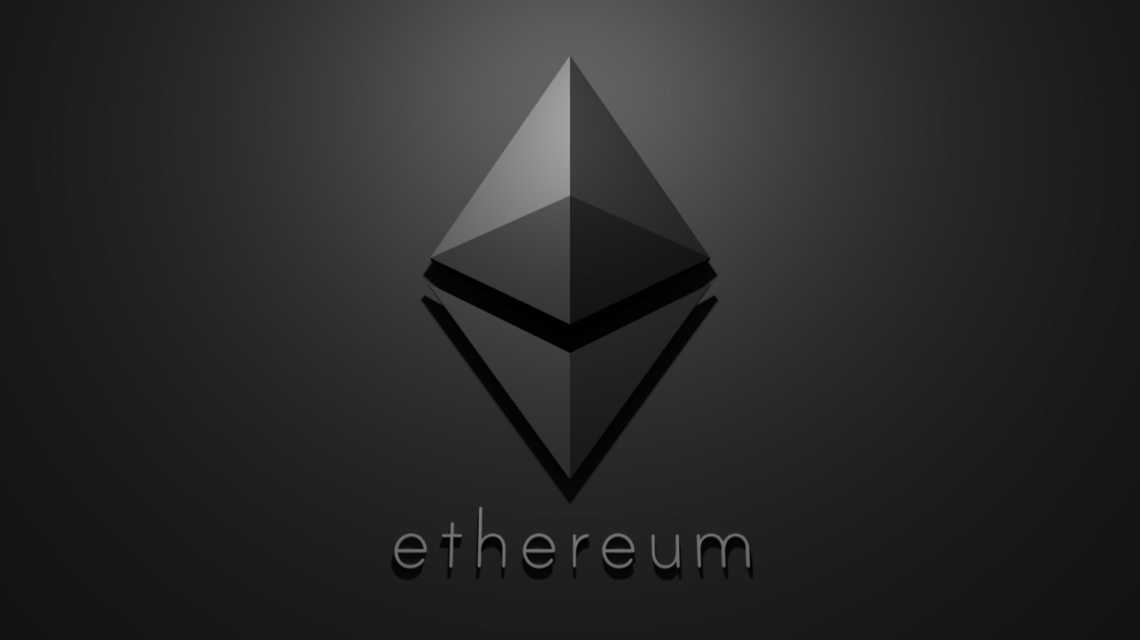Here we will provide details about the Difficulty Bomb, one of the Ethereum-integrated features that defines the increasingly difficult levels of the mining algorithm that miners must solve to receive rewards on the blockchain.
Ethereum (ETH) is considered by many to be the leader of altcoins. BTC is king, and for good reason. While not pioneers, developers learned from Bitcoin and created a better blockchain. In fact, the rise in popularity and value of the native token Ether is primarily due to the widespread use of the Ethereum network for dApps and smart contracts. One of the features integrated into Ethereum is the Difficulty bomb. Here, we explain everything you need to know about Ethereum’s Difficulty Bomb.
Ethereum’s Difficulty Bomb Overview
The ‘Difficulty Bomb’ is a term for increasingly difficult levels of the mining algorithm that miners must solve to receive rewards on the Ethereum blockchain. To understand this, it must first be noted that Ethereum is a proof-of-work (PoW) blockchain. This means that network members must solve mathematical puzzles in order not to compromise the network. By solving these puzzles, they verify transactions on the network. In return, they are rewarded with tokens. It is this whole process that sums up cryptocurrency mining.
In the early stages, puzzles are usually simple to solve and require very little computational power. But as transaction blocks increase and more miners join the network, more computing power and energy is needed.
With the Difficulty Bomb, puzzles become more complex over time, making it harder for miners to solve them. This means that after the transaction is confirmed, the time between creating new blocks will increase. The result of this is a latency on the Ethereum blockchain.
The more complex the puzzles get, the harder the miners have to work to earn rewards. This makes mining economically attractive as energy and computing power will increase while rewards decrease. This is referred to as the Ethereum Ice Age and will mark the beginning of the transition from Proof of Work to the Proof of Stake protocol.
Origins and Evolution of the Difficulty Bomb
The concept of the Difficulty Bomb was first introduced in 2015. At the time, Ethereum’s former Chief Commercial Officer Stephan Tual mentioned this in a blog post announcing the first Frontier patch. According to him, starting with the creation of 200,000 blocks, there will be an exponential increase in difficulty, increasing block resolution time. Also, this is how the blockchain will transition from PoW to PoS for Serenity, the final milestone phase.

The protocol was finally introduced on September 7, 2016. The effects of the protocol were expected to be evident until December 2016, when block verification in Ethereum would be so snails that the network seemed frozen. However, that didn’t happen at that point. Vitalik Buterin explained these delays in a Reddit post, where he stated that it will take some time before the ice age happens. He pointed out that it would take until 2021 for the real effects of the Difficulty Bomb to emerge.
In October 2017, there was another hard fork on the Ethereum network where it was moved to the Byzantine stage. As part of the upgrade it was necessary to delay the difficulty bomb for 1.33 years. The ice age was further delayed when the network was upgraded to the Constantinople stage in February 2019.
In January 2020, the Muir Glacier upgrade enabled EIP 2384, delaying it another 4,000,000 again. This delayed the difficulty bomb until July 2021. Still, the difficulty bomb has been delayed once again to December 2021. By then, the Ethereum block will increase the duration from 13 to 20 to 30 seconds if no further delay occurs. The ETH2 Finality gadget is not yet available.
What are the Solutions for the Difficulty Bomb?
There have been four delays to the Difficulty Bomb so far. If this happens, the difficulty bomb will not be an issue, as the network will switch from Proof of Work to the Proof of Stake protocol.
With all these delays, it seems that the only real solution for Ethereum’s Difficulty Bomb is to switch the Ethereum network to the Proof of Stake protocol. However, as long as he continues to use Proof of Work, the difficulty bomb will continue to see lags. Otherwise, the delays will affect the functionality of the network in general.
PoS system seems to have many advantages. Token holders get all the benefits by depositing funds in blocks and verifying transactions, rather than miners having more power. It’s also more decentralized, which is a huge positive for Ethereum. Another important advantage here is that it requires less power. And this is very important when energy consumption becomes a big issue for cryptocurrency mining.
Final Words
The Ethereum Difficulty Bomb, technically called EIP 3554, appeared in 2015. It was primarily aimed at speeding up the development of ETH2 by making mining less profitable and moving to the Proof of Stake system. It’s had a few delays so far and apparently won’t launch until Ethereum moves to PoS.




